A Beginner’s Guide to Understanding Anemometers

An anemometer is a tool that measures the speed of the wind. It is a common tool found in weather stations.
Top Personal Wind Speed Measurement Devices
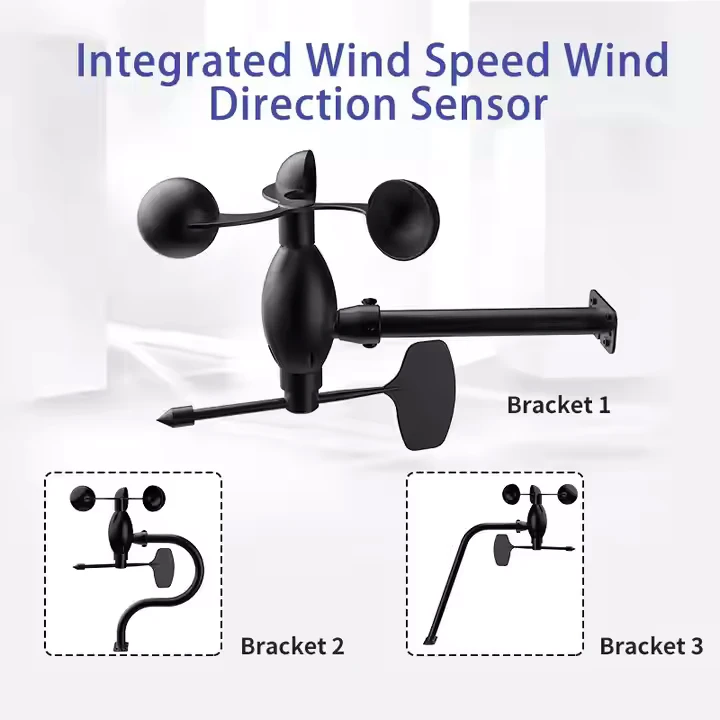
Wind speed measuring tools are important for many reasons. They help with weather watching and outdoor activities.
Application and Importance of Anemometers and Wind Vanes

Anemometers and wind vanes are key tools in studying the weather. They are used in many fields, like aviation, navigation, environmental studies, and wind energy development.
Solar Panels for Weather Stations: Powering Your Weather Monitoring Device
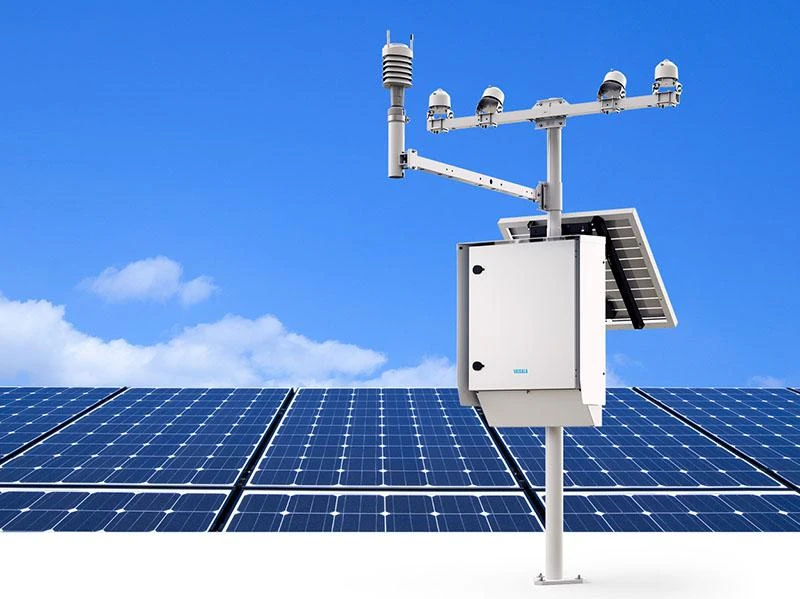
Accurate weather tracking is very important in daily life. It helps with outdoor planning and predicting climate changes.
Eight Types of Sensors for Optimal Greenhouse Remote Monitoring Systems
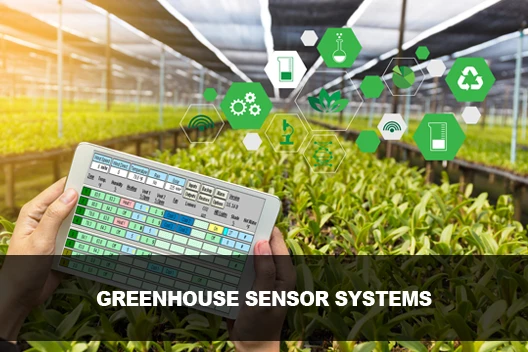
A greenhouse remote monitoring system is a crucial tool in controlled environments designed for plant growth.
Overview of Weather Measuring Devices
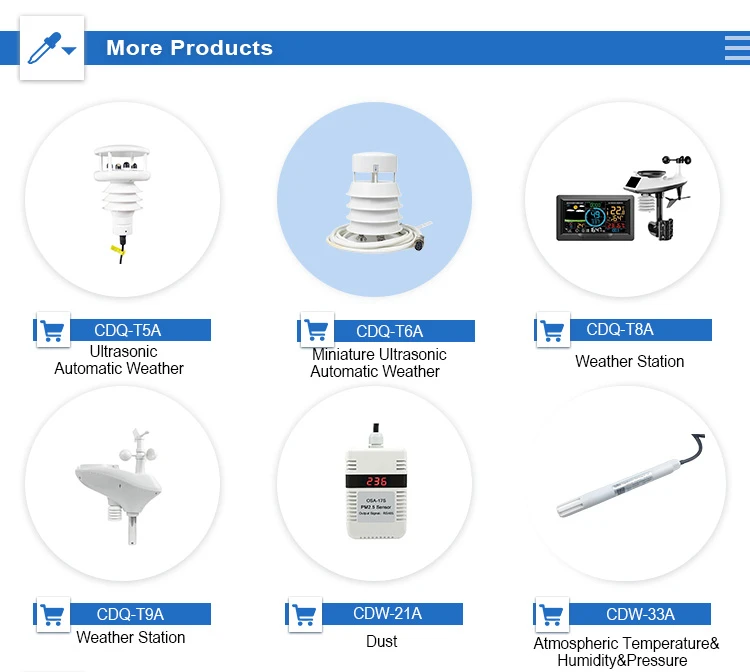
Weather measuring devices, also known as meteorological equipment, include various tools. These tools are made to check and record various weather conditions.
Five Key Methods for Monitoring Water Quality Effectively
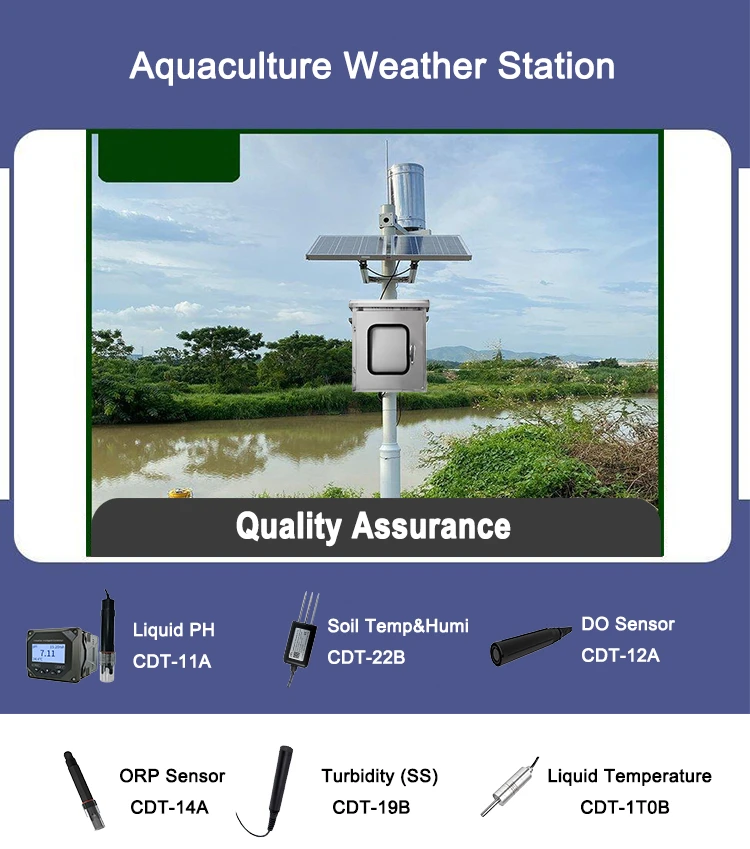
Water quality is very important for healthy ecosystems. It helps keep people healthy and supports jobs and businesses.
What Are Some Common Applications Of Rain Gauge Sensors?
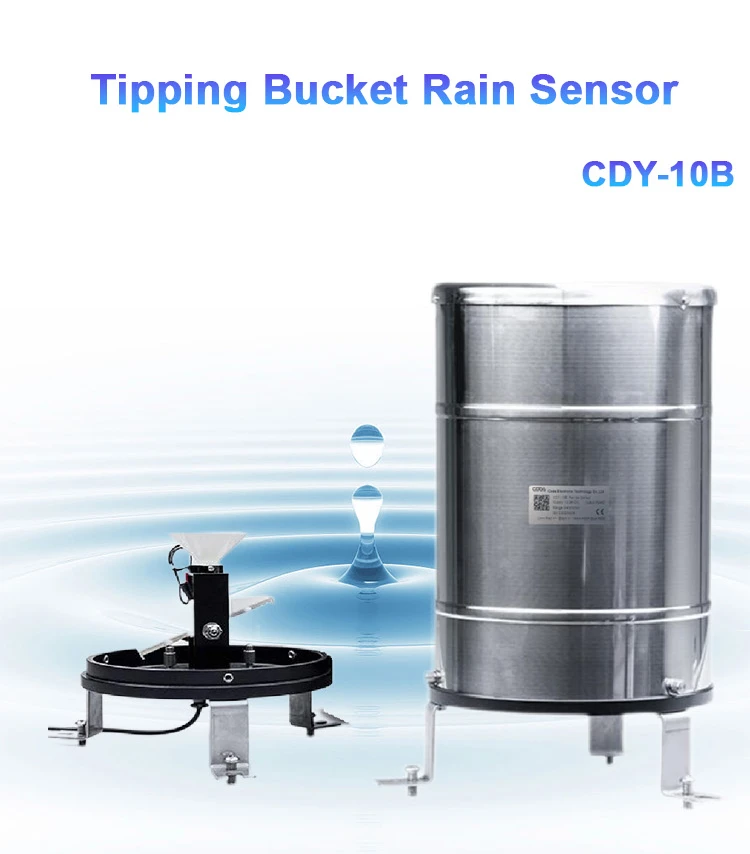
Rain gauge sensors are useful tools. They measure rainfall correctly in certain areas. They are used in many areas.
How Does a Rain Gauge Accurately Measure Precipitation Levels?
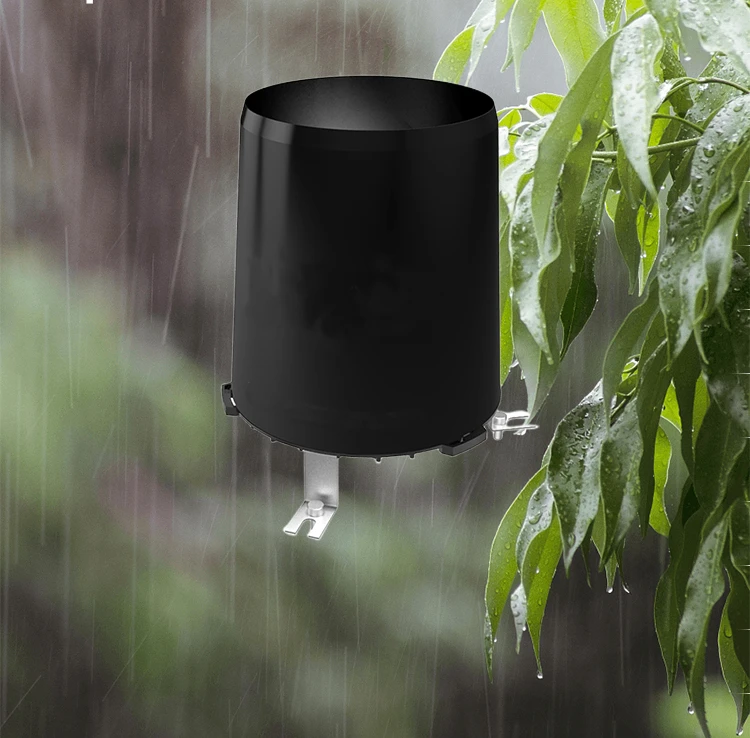
Rain gauges are important tools for weather experts, water scientists, and people who love weather. They help measure rainfall correctly.
Wind Speed and Direction Sensors in Modern Agricultural Practices
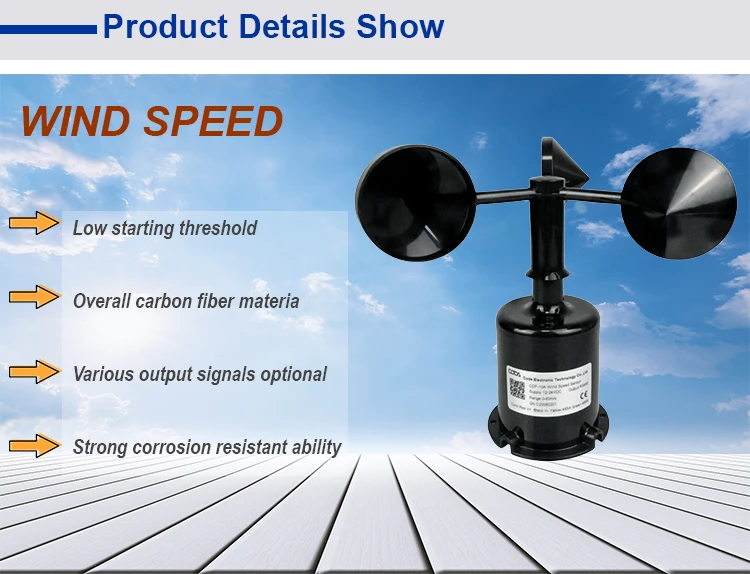
In modern farming, sensors that measure wind speed and direction are important. They help farmers check the weather.
